Popular science
7 Amazing Facts About Water
By Hanne S. Finstad, Ph.D. and founder of Scientist Factory
Water might seem ordinary and straightforward, but it is endlessly fascinating. Water has many unique and life-giving qualities. Here are seven amazing facts about water:
1 – It’s incredible that we can see underwater
Strangely, you can see underwater. Almost no type of radiation other than visible light can penetrate water. The fact that light can go through water was decisive when the first forms of life originated on Earth nearly four billion years ago. Ultraviolet radiation would have destroyed essential molecules like DNA and proteins. The water protected the first organisms against dangerous radiation.
At the same time, because light can penetrate water, photosynthesis came into being. Sunlight shone on the first microorganisms so that they learned how to use light as an energy source. We can trace nearly everything we eat today to solar energy captured through photosynthesis. This is true of most animals as well. Fossil fuels are solar energy captured through photosynthesis millions of years ago.
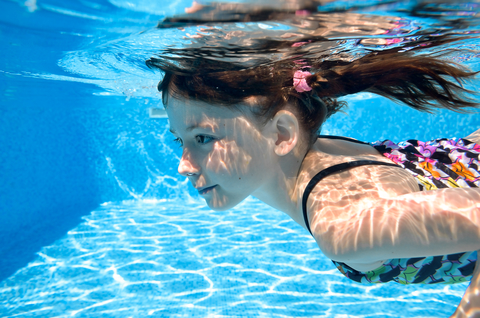
2 – Water is inclusive
Every time you stir sugar into tea or coffee, you’re taking advantage of another life-giving characteristic of water. Water has an incredible ability to attach to other molecules and let them move around. The electric force between the molecules is responsible for this ability. At the same time, water repels fat molecules that have a neutral electric charge. This allowed fat bubbles to make a protective membrane around the first life-giving chemical reactions. The basic unit of life, the cell, originated in this way.
Everything that lives on Earth today consists of one or more cells. There are countless molecules inside the cells that cannot function without water.
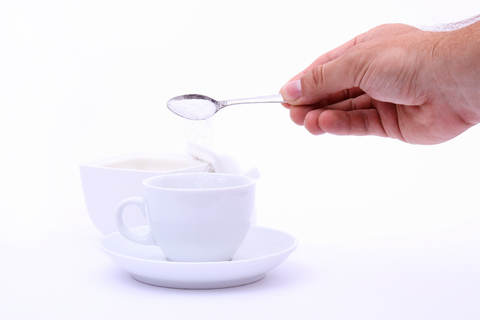
3 – There are powerful forces of attraction in water
If you’ve ever experienced a water leak, you know that water molecules are attracted to one another. More water quickly follows when just a tiny bit of water gets in somewhere it isn’t supposed to be. This mechanism is how water carrying essential nutrients can climb tubes inside plants. The Redwood trees in California have the record, where the water rises more than 100 meters above the ground.
Luckily there are solutions to water leaks. Airing and fans help the water disappear as gas molecules. We then take advantage of another characteristic of water: it can evaporate. Evaporation is an important way that plants and animals regulate their temperature. We cool down when water evaporates from the body. We all feel that after getting out of the shower.
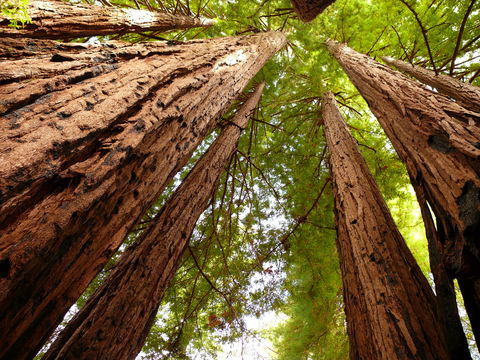
4 – Evaporation helps us stay alive
Water transitions from liquid to gas everywhere on Earth, and this evaporation is significant for two reasons. Firstly, water evaporation is an atmospheric gas that admits radiation from the sun so that the earth heats up. Secondly, it also keeps heat radiation from escaping into space. Atmospheric gases are essential. The earth’s temperature would be much lower without them.
Water evaporation in the air also ensures that we get new freshwater. Tiny grains of dust make the water molecules collect into droplets that fall as rain or snow when they grow large enough.
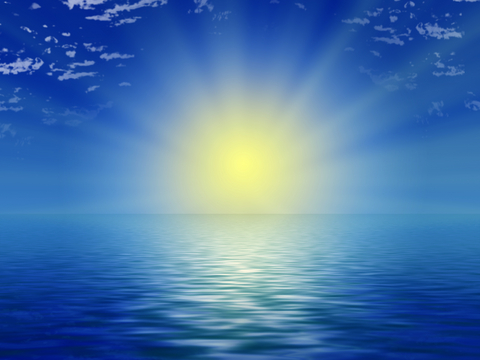
5 – The protecting layer of ice helps living things stay alive
Another life-giving quality of water is the layer of ice that forms on top of lakes during the winter. Why does the ice lie on top of the water? It’s the other way around for most liquids. Solids have higher densities and usually sink to the bottom. But this is not the case with water. Water expands when it freezes, which makes the density lower. This is why ice floats on top of the water.
Ice ages have lasted millions of years several times in the earth’s history. But life didn’t go extinct altogether in these periods because the ice was like a protective cape on top of the oceans. This is the same phenomenon when lakes freeze during the winter.
Strangely, water exists both as a liquid and solid on Earth. Tiny molecules usually evaporate very easily. The electric forces of attraction between the water molecules are the explanation.

6 – Liquid water acts in curious ways as well
Liquid water takes up the least space when the temperature is 4 degrees centigrade. For this reason, the water at the bottom of deep lakes usually has a temperature of 4 degrees, even in winter when the lake is covered in ice.
In spring and fall, most of the water in a lake has the same temperature from top to bottom. The water can easily be “stirred” because it has the same density all over. These movements disperse nutrients from the bottom and oxygen from the surface evenly around the water, essential for the organisms living there.
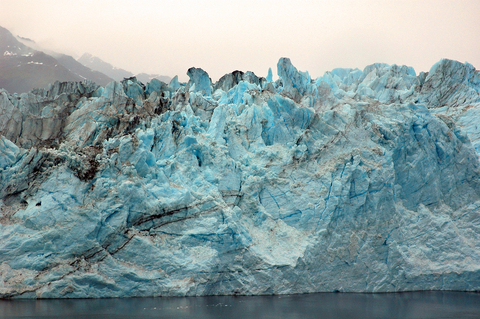
7 – Humans tend to live near water
Archeological findings show that humans have lived near rivers or oceans for significant parts of history. Water is important in many religions. Muslims rinse with water before praying, and Christians are baptized with water. Old pagan religions often have water- or ocean gods.
Water is also a pillar in a well-functioning society, and the quality of the water we drink need always be an area of focus. We can never forget that everything alive needs water. This is true of everything from single-celled organisms to humans. We can’t take good drinking water for granted and have to keep protecting our water quality.
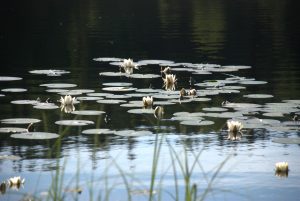
See also our growing waterbeads for more fun with water!
